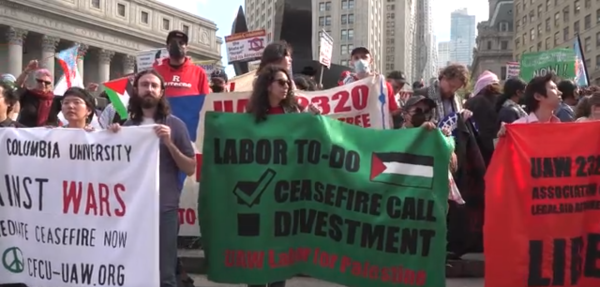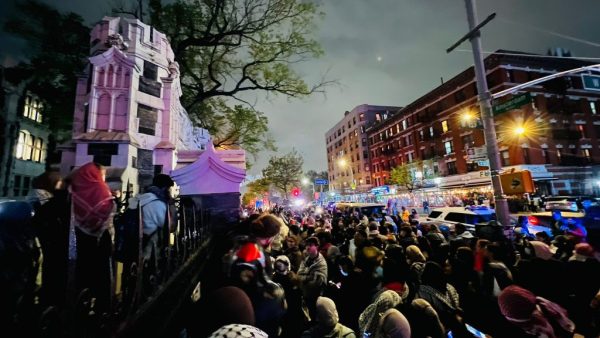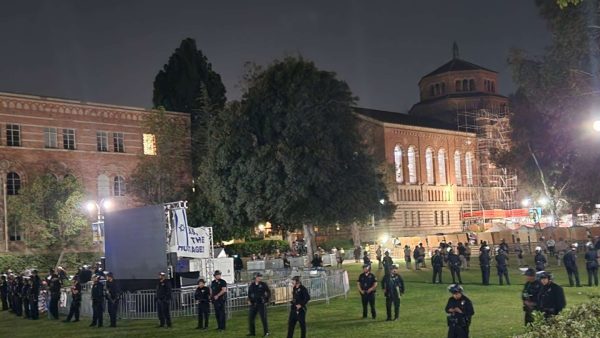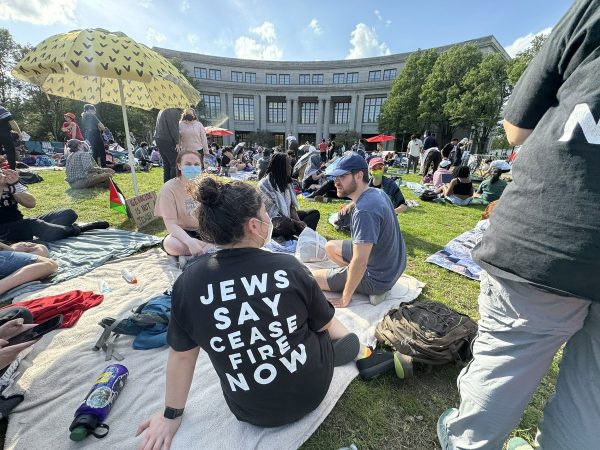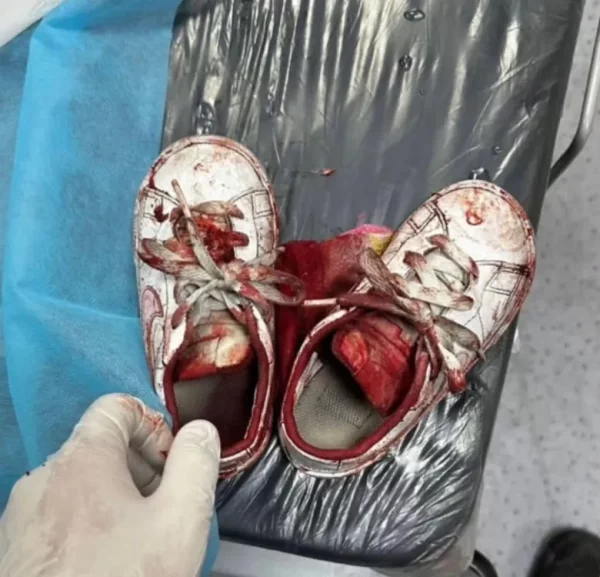Intervention in Gaza
Is there a point at which the genocide in Gaza becomes egregious enough to provoke other countries to directly intervene in the Gaza Strip to prevent further genocide? Can Israel exterminate the entire population without anyone stopping them?
This is not a rhetorical question. Intervention is not merely judgments by the International Court of Justice or resolutions introduced at the United Nations. It is not even shiploads of supplies sent to queue up for delivery into Gaza, pending permission from the Israeli occupying authorities. Rather, intervention means forcing one’s way into Gaza, whether the occupying authorities like it or not, and being prepared for confrontation.
If there is such a point for some countries, what is that point? Half a million deaths, by massacre, starvation, dehydration, hypothermia, hyperthermia, exposure and disease? A million? And what are the countries that are willing to take action? Or can Israel exterminate the entire population without any countries intervening to stop the genocide?
The question is essential and not rhetorical, because it is now clear that there is no level of atrocity that Israel is not willing to commit, nor that the United States is not willing to support with all armaments necessary to commit the deed, as well as all aid necessary to sustain the Israeli economy. Israel will not be deterred by economic or diplomatic isolation. It is willing to be boycotted by the entire world other than the US. It cares nothing for legal judgments against it. Whether delusional or not, it sees genocide as its only means of survival, and will pursue it until it is deprived of the means to do so.
It therefore behooves us to ask the question whether there are any countries willing to intervene to stop the genocide, and at what point they will be willing to do so. If there are such countries, they will need to define the tripwire for their intervention and the means that they are willing to use to enforce it. They will need to form a consortium that is prepared to act in concert. The consortium will have to act outside the United Nations, because the US veto will prevent any UN action, other than symbolic.
The intervention need not be belligerent, but it must not accept to be impeded, nor to be attacked by the forces of the Israeli government. It must be prepared to defend itself if necessary. A suggested model for such an intervention may be found at https://dissidentvoice.org/
The demonstrations, sit-ins, speeches, letters, phone calls, emails, boycotts, flotillas, legal judgments and other actions to apply pressure to stop the genocide are successful in raising awareness, changing opinions, and perhaps even partially forestalling the inevitable. But they have not in the least affected Israeli actions or US government support for them. Direct intervention is the only way that Israel can be made to stop.
